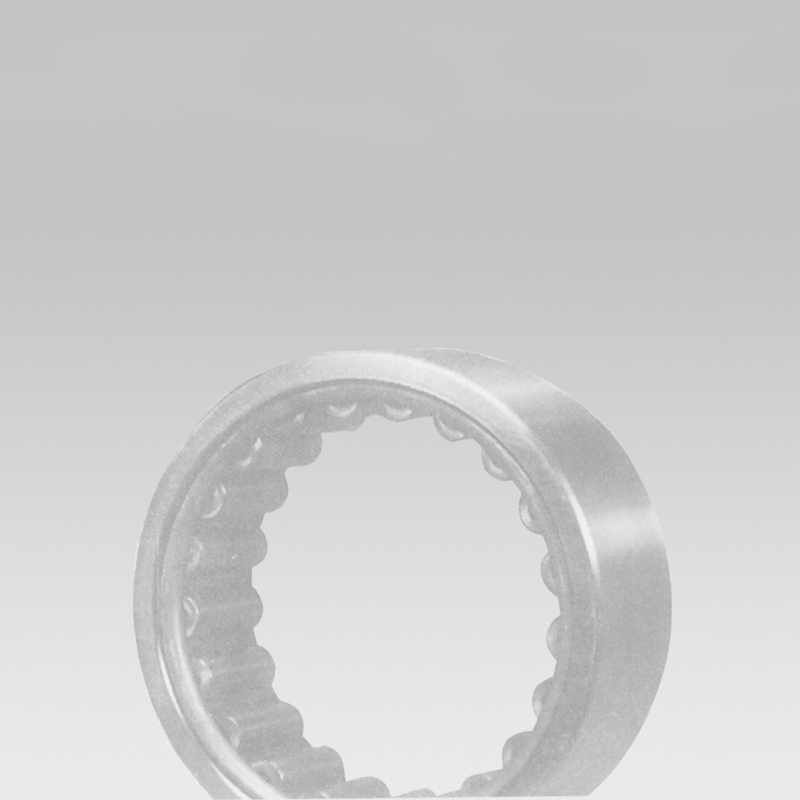
8 月 . 21, 2024 12:46 Back to list
6209 bearing cost analysis and market trends for optimal purchasing decisions
Understanding the Price Dynamics of 6209 Bearings
In various industrial applications, bearings play a crucial role in ensuring smooth operations and reducing friction. Among the many types of bearings available on the market, the 6209 bearing stands out for its widespread use and versatility. This article will explore the pricing dynamics of the 6209 bearing, focusing on factors that affect its cost and the implications for businesses and consumers.
What is a 6209 Bearing?
The 6209 bearing is a deep groove ball bearing commonly used in electric motors, pumps, and household appliances. It consists of an inner ring, an outer ring, balls, and a cage that keeps the balls equidistant from each other. The design allows it to handle both radial and axial loads, making it suitable for various applications. Its standard dimensions, including a bore diameter of 45 mm and an outer diameter of 85 mm, contribute to its popularity.
Factors Influencing 6209 Bearing Prices
1. Material Quality The quality of materials used in manufacturing bearings significantly impacts their price. High-grade steel or ceramic materials can increase durability and performance but also raise manufacturing costs. Therefore, customers must balance their need for quality with their budget constraints.
2. Manufacturing Process Advanced manufacturing techniques, such as precision machining and thermal treatment, often come with higher production costs. Bearings produced using these methods may exhibit superior performance characteristics, which can justify a higher retail price.
6209 bearing price

3. Brand Reputation Well-established brands often charge more for their bearings due to perceived reliability and superior performance. Purchasing from a reputable manufacturer can be crucial for applications where failure is not an option, such as in aerospace or medical devices.
4. Market Demand and Supply Fluctuations in market demand can have a direct impact on the pricing of the 6209 bearing. For instance, during economic booms, when manufacturing activities increase, the demand for bearings rises, potentially escalating prices. Conversely, during a recession, demand decreases, which might lead to lower prices.
5. Import Tariffs and Shipping Costs For businesses sourcing 6209 bearings from international suppliers, additional costs related to import tariffs and shipping can drive up the final price. Companies need to consider these factors when assessing the overall cost of procurement.
6. Quantity Discounts Bulk purchasing can often reduce the unit price of bearings. Companies that require large quantities may negotiate with suppliers for better rates, making it essential for budget-conscious purchasers to consider their buying strategy.
Implications for Buyers
Understanding the dynamics behind the pricing of 6209 bearings can aid consumers and businesses in making informed purchasing decisions. A greater awareness of the factors influencing price ensures that buyers can evaluate whether they are receiving good value for their investment. Additionally, businesses should consider long-term strategies encompassing quality, reliability, and cost-effectiveness rather than making impulse purchases based solely on price.
In conclusion, the pricing of 6209 bearings is influenced by a range of factors, including material quality, manufacturing processes, brand reputation, market conditions, and logistical considerations. By comprehensively analyzing these aspects, buyers can make more informed decisions that align with their operational needs and budgetary constraints. Whether for a small-scale project or a large industrial application, understanding these pricing dynamics can lead to smarter purchasing choices and improved overall performance.
Latest news
-
Unlocking Efficiency with Spherical Roller Bearings
NewsOct.29,2024
-
The Ultimate Guide to Thrust Ball Bearings
NewsOct.29,2024
-
The Power of Thrust Roller Bearings: Engineered for Excellence
NewsOct.29,2024
-
The Power of Deep Groove Ball Bearings for Your Application Needs!
NewsOct.29,2024
-
The Power and Performance of Cylindrical Roller Bearings
NewsOct.29,2024
-
High-Quality Ball Bearing Manufacturing Machines
NewsOct.29,2024
